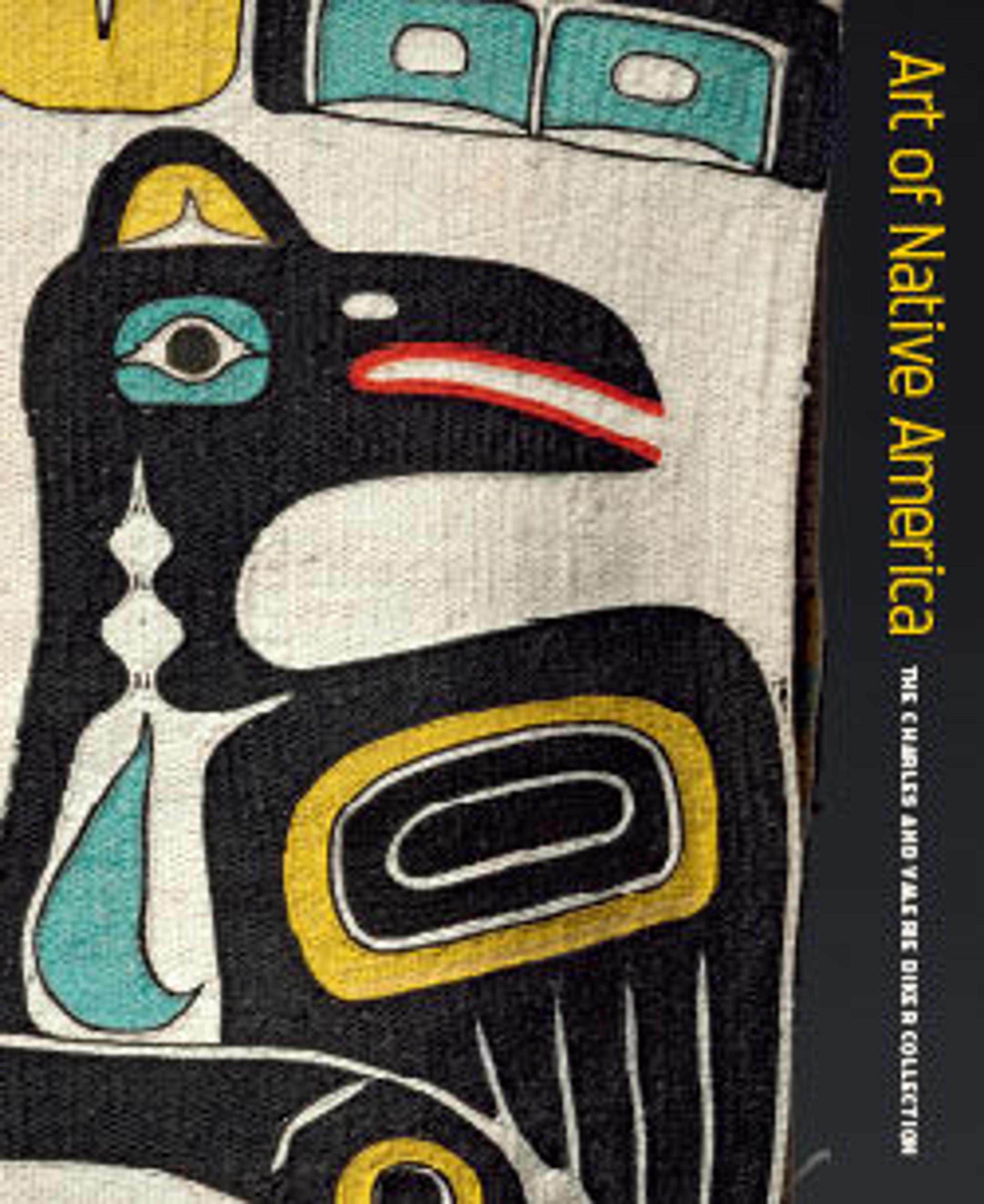Shield
After buffalo were hunted to near extinction in the late nineteenth century as part of the United States’ expansion tactics, Great Plains men transitioned from celebrating their feats of bravery with pictorial compositions on buffalo skins to using commercially available fabric and paper. The courageous warrior No Two Horns notably fought in the 1876 Battle of the Little Bighorn. Here, he portrays a bird with lightning or power emanating from its wings to protect the warrior. He also painted these powerful lines on his face and his horse’s body in self-portraits. Though he made later versions of this shield on muslin, this hide is a rare original.
Artwork Details
- Title:Shield
- Artist:He Nupa Wanica/ Joseph No Two Horns (Hunkpapa Lakota/ Teton Sioux, 1852–1942)
- Date:ca. 1885
- Geography:Made in Standing Rock Reservation, North Dakota, United States
- Culture:Hunkpapa Lakota/ Teton Sioux, Native American
- Medium:Tanned leather, pigment, wood, and feathers
- Dimensions:5/8 × 16 1/2 in. (1.6 × 41.9 cm)
- Credit Line:The Charles and Valerie Diker Collection of Native American Art, Gift of Charles and Valerie Diker, 2019
- Object Number:2019.456.20
- Curatorial Department: The American Wing
More Artwork
Research Resources
The Met provides unparalleled resources for research and welcomes an international community of students and scholars. The Met's Open Access API is where creators and researchers can connect to the The Met collection. Open Access data and public domain images are available for unrestricted commercial and noncommercial use without permission or fee.
To request images under copyright and other restrictions, please use this Image Request form.
Feedback
We continue to research and examine historical and cultural context for objects in The Met collection. If you have comments or questions about this object record, please contact us using the form below. The Museum looks forward to receiving your comments.
